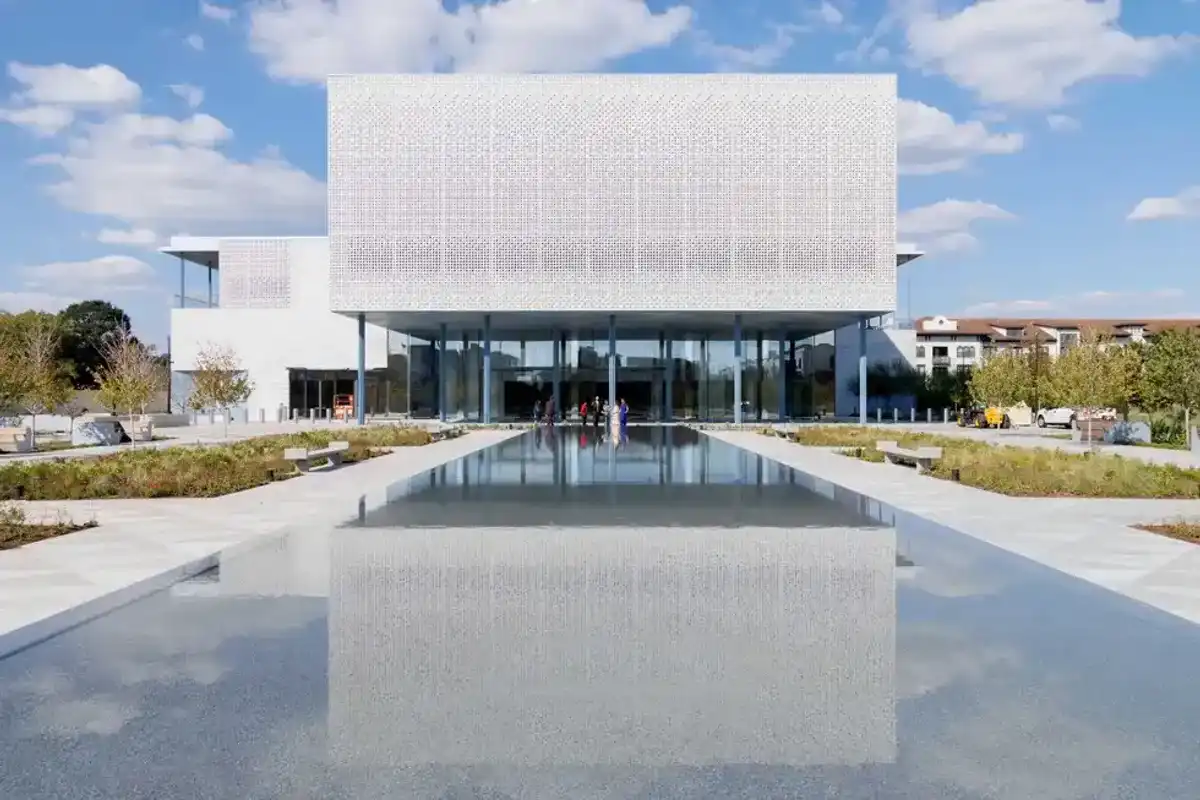Houston sees a decline in innovation jobs, according to a new report
Taking the "L"
You've heard of brain drain, the phenomenon of well-educated, highly skilled workers fleeing a geographic area for better opportunities elsewhere. It appears Houston is grappling with a different workforce affliction: innovation drain.
Houston is among several major business hubs in the U.S. — including Dallas-Fort Worth, Los Angeles, Philadelphia, and Washington, D.C. — where tech-dependent "innovation" jobs evaporated from 2005 to 2017, according to report released December 9 by the Brookings Institution think tank and the Information Technology & Innovation Foundation. At those cities' expense, innovation jobs have clustered in Boston, San Francisco, San Jose, Seattle, and San Diego. Those five metro areas accounted for more than 90 percent of job growth in the innovation sector from 2005 to 2017, researchers found.
Today, one-third of innovation jobs in the U.S. are located in just 16 counties, and more than half are concentrated in 41 counties, according to the report.
The report shows the Houston metro area lost 3,281 tech-oriented innovation jobs during that period. Dallas-Fort Worth lost even more (8,969), while the Austin metro area gained 1,200 and the San Antonio metro area picked up 1,472.
Houston's loss represents a slippage of 0.2 percent in the region's share of innovation jobs in the U.S., the report notes. On a percentage basis, DFW sustained an even greater loss (0.5 percent), while Austin's share declined 0.1 percent and San Antonio's didn't budge.
On the positive side, Houston ranked 14th for its sheer number of innovation jobs, with Dallas-Fort Worth at No. 7 and Austin at No. 16. They were among 20 "superstar" metro areas singled out in the report.
In the report, researchers classify innovation jobs as those in 13 R&D-heavy sectors, including aerospace, computer manufacturing, chemical production, and telecom. While the 13 innovation segments account for only 3 percent of U.S. jobs, they represent 6 percent of the country's economic output (GDP), one-fourth of exports, and two-thirds of corporate R&D expenditures, the report says.
Responding to the Brookings analysis, Susan Davenport, senior vice president of economic development at the Greater Houston Partnership, notes the Houston area employs about 150,000 tech workers, many of whom are employed outside the 13 innovation industries mentioned in the report. In fact, she adds, Houston boasts the highest share of tech workers at non-tech companies among the country's 20 largest metro areas.
"That said, we recognize the need to build Houston's digital tech presence, an area where we have traditionally lagged," Davenport tells InnovationMap.
Houston is making headway on that front, though. Davenport cites the expansion of Microsoft Corp.'s local operations, the recent opening of Bill.com's Houston office, and the rise of three Houston entrepreneurship initiatives — The Ion, TMC3, and The Cannon — as examples of this progress.
"Houston continues to gain recognition as a leading tech city," Davenport says. "The region cleared $500 million in venture capital funding this year, a new high for Houston, and tech-related employment continues to grow within the energy industry. We continue working with our partners to grow Houston's innovation ecosystem and are excited for the great momentum in this area."
Investor and entrepreneur Harvin Moore, president of Houston Exponential, a nonprofit that promotes startups and innovation, acknowledges the region's historical lack of focus on the innovation economy contributed to Amazon bypassing Houston as a finalist in 2018 for the e-commerce giant's second headquarters. Despite that harsh reality, Moore says the Brookings report fails to take into account innovation jobs embedded in sectors like Houston's massive energy industry.
"That data issue will always penalize a city with a large energy sector until it is corrected," Moore says. "And as we know, the energy sector is starting to innovate rapidly, as it must. And that innovation draws more employees to those companies and to Houston."





 2025 Houston Innovation Awards winners revealed at annual eventThe 2025 Houston Innovation Awards winners have been revealed. Courtesy photo
2025 Houston Innovation Awards winners revealed at annual eventThe 2025 Houston Innovation Awards winners have been revealed. Courtesy photo